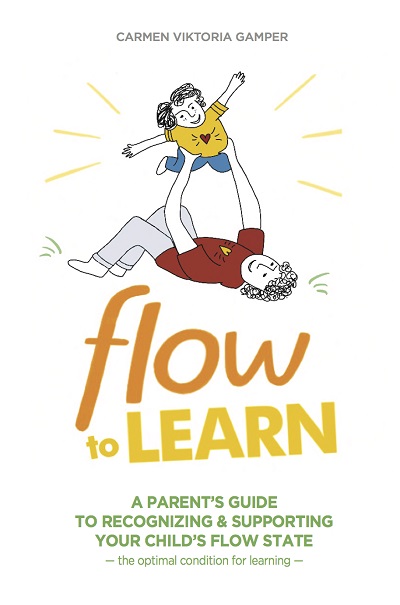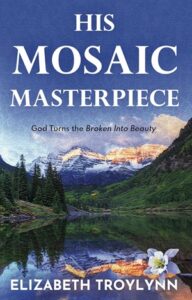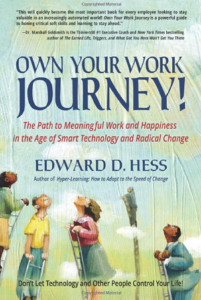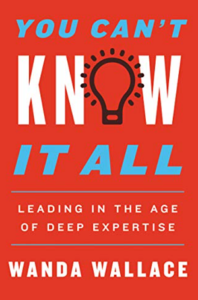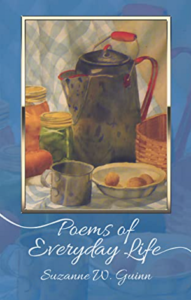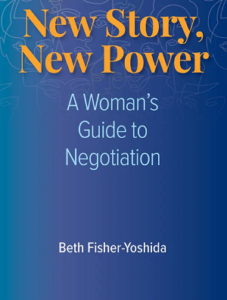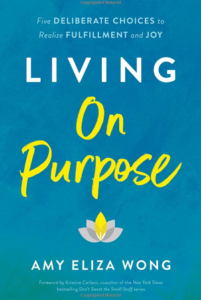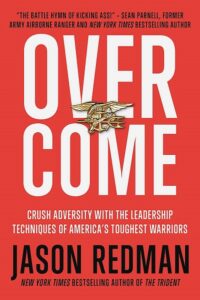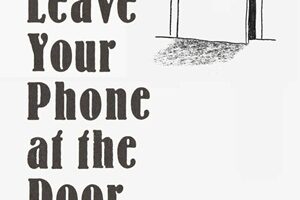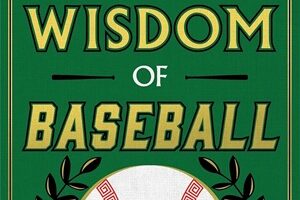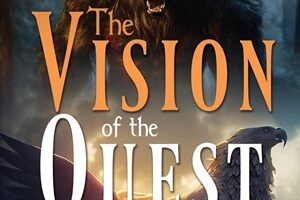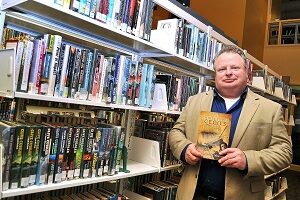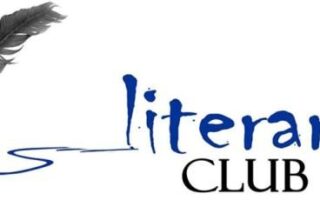Gamber has written a 52 week guide for helping your child learn by encouraging what she calls their “flow state”.
“…in their spontaneous play, they naturally drop into a deep, focused state called “flow,” which is increasingly recognized by science as the ideal state for learning.” –introduction Flow to Learn page xi
Gamber’s concept comes from experience in Italian orphanage schools created during WWII and which still exist today. These schools were designed to help children thrive by trusting them to take advantage of learning opportunities presented to them without the direct supervision of adults. In her introduction to this book she describes some of these fascinating schools and their successes emphasizing that children, when given choice between playing and learning, chose the latter as often as the former. She has studied this learning concept in various other systems such as Montessori, Reggio Emilia, Fröbel, and the RWB (Rebeca Wild based) schools and has come up with this workbook Flow to Learn for anyone to learn
MORE ON FLOW TO LEARN: https://flowtolearn.com/
The workbook itself is divided into 52 chapters. Instructions for ‘finding the flow’ and activities are presented as a guide for parents to work with their children. Some of the discoveries the reader will find are how to create a place to spend time doing the activities they love to do, learn to identify qualities in the setting that promote your child’s flow, choose toys and material that help the child “drop into flow states”, learn the advantage of not overusing rewards and rigors expectations, learn “tension-release supports, nurture mutual respect and in this process, and finally to tap into your own flow experiences.
In her book Flow to Learn, Gamber lists the elements of flow such as balance between skills and challenge, absorption, and focus and many others The way she presents these concepts make perfect sense, especially when the reader analyses their own learning techniques. How do you learn most efficiently? For instance, the chapter on Tinker and Create suggests to “Choose play activities for yourself that lack a specific goal and let the process of playing be more important than the result.” I would like to think of this as ‘the joy is in the journey’ sort of experience and couldn’t agree more whole heartedly.
Children are under more stress these days than they need to be while being educated. This stress is little help in teaching children to discover things on their own. However, when taught creative skills, they learn not only something they can use in the future but, as Gamber puts it in reference to building blocks or knitting:
AMAZON: https://www.amazon.com/Flow-Learn-Recognizing-Supporting-Condition/dp/1734797088#ace-g9766277718
“While creating something tangible, children develop skills that are crucial to mental health.”
In each chapter in Flow to Learn, Gamber presents a learning technique, explains its significance, its advantage, and its purpose, and then offers specific activities.
Flow to Learn has a wealth of information for any parent, grandparent or educator and I highly recommend it for homeschoolers. If our public education system were based on these concepts, I think there would be a lot less trouble in our world. Rather than memorizing answers and attempting to fill their minds with data, they would discover how to solve problems on their own.
DL Gardner

